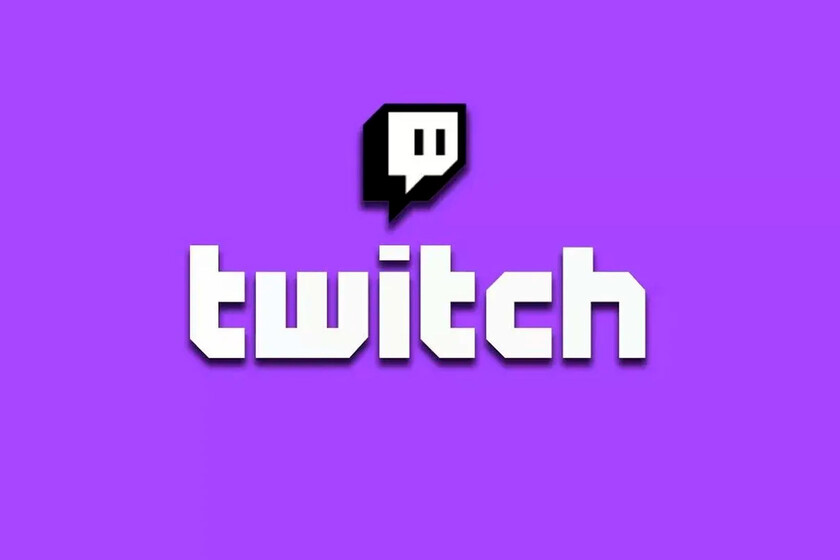Twitch, the dominant force in live streaming, surprised many with its announcement of significant layoffs in early 2024. Despite its popularity, Twitch is grappling with profitability challenges. This article delves into the reasons behind these difficulties, providing insights into the complexities of the streaming industry.
Rapid Growth and Post-Pandemic Challenges
Pandemic-Era Boom and Subsequent Decline: During the COVID-19 pandemic, Twitch saw a surge in usage with increased gaming and content consumption. However, as normalcy returned, there was a noticeable decline in viewership, impacting the platform’s revenue.
Statistics Indicating a Downward Trend: Data from SullyGnome highlights a decrease in total hours watched on Twitch, from 24.3 billion in 2021 to 21.4 billion in 2023. This trend reflects a broader challenge across the gaming industry, which is experiencing similar post-pandemic setbacks.

Competition and Market Saturation
Increasing Competition in Streaming: The streaming market is more crowded than ever, with numerous platforms vying for a finite audience. This increased competition, combined with changing viewer habits post-pandemic, has put pressure on Twitch’s profitability.
Layoffs Beyond Twitch: The issue extends beyond Twitch, affecting other platforms like Prime Video, indicating a broader industry trend.
Advertisement Revenue Struggles
Comparison with Other Social Platforms: Despite being a top platform among gamers, Twitch lags in ad sales compared to rivals like Facebook, Instagram, and YouTube. A key factor is Twitch’s limited personal data collection, making it less attractive for targeted advertising.
Content Creation Dynamics: Only a small percentage of Twitch’s user base actively creates content, leading to challenges in generating substantial ad revenue. This user dynamic presents a unique challenge for Twitch in balancing community expectations and financial sustainability.

Financial Outlays vs. Returns
High Costs of Streaming Infrastructure: The costs of maintaining live streaming servers are significant and consistent, regardless of the streamer’s popularity. This financial model presents challenges, especially when smaller streamers, who form the majority, do not generate proportional revenue.
Exclusive Deals and Their Impact: Twitch’s investments in exclusive streaming rights, like the Overwatch League deal, have not always yielded positive returns. Such decisions have contributed to financial strains and staff layoffs.
Understanding Twitch’s Financial Challenges and Industry Impact
Twitch’s current financial situation is a complex blend of market dynamics, strategic decisions, and evolving consumer behaviors. Understanding these factors is crucial for stakeholders and provides valuable lessons for the streaming industry as a whole.

